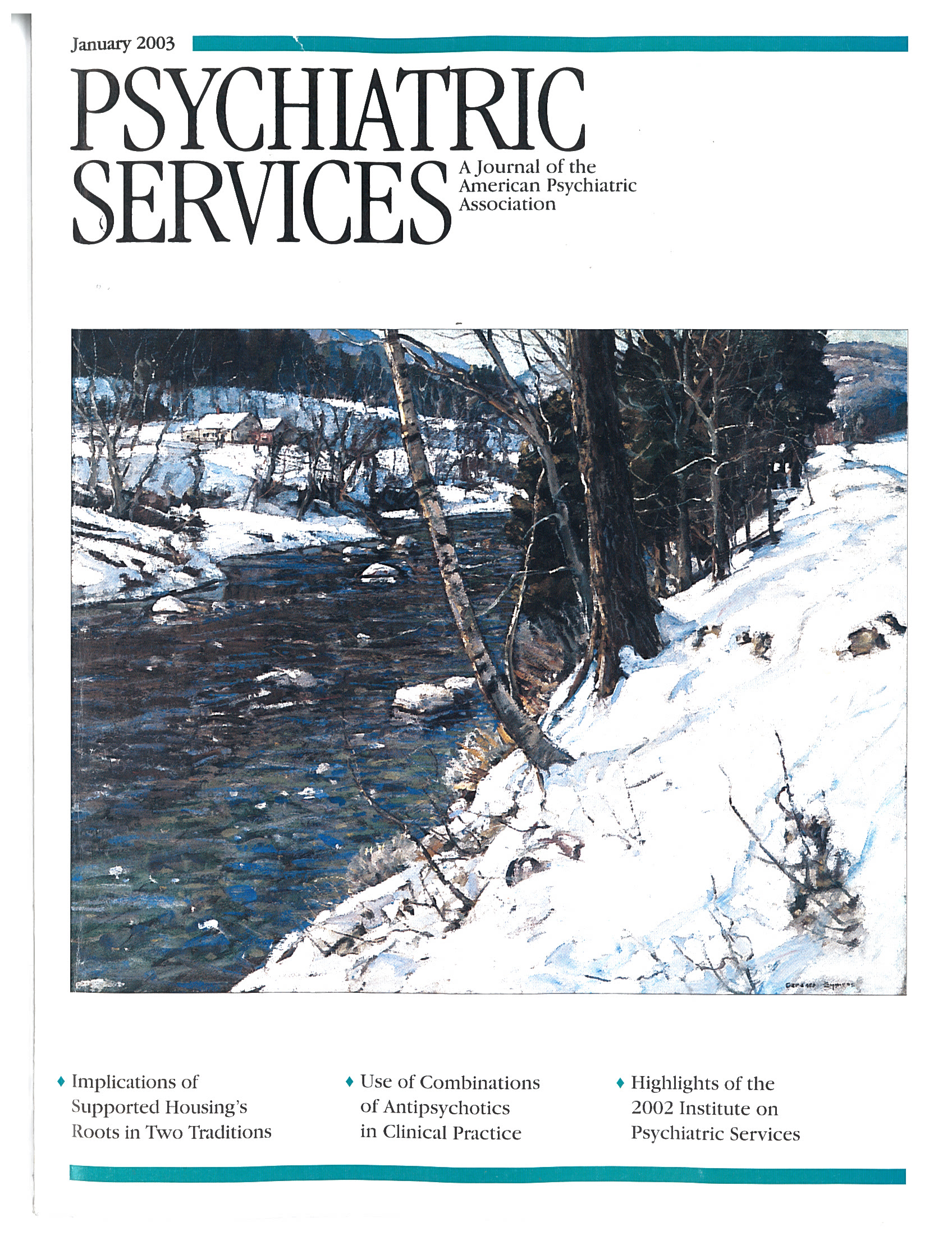Pathways Into and Through Mental Health Services for Children and Adolescents
Abstract
OBJECTIVE: This study examined points of entry into the mental health service system for children and adolescents as well as patterns of movement through five service sectors: specialty mental health services, education, general medicine, juvenile justice, and child welfare. METHODS: The data were from the Great Smoky Mountains Study, a longitudinal epidemiologic study of mental health problems and service use among youths. The sample consisted of 1,420 youths who were nine, 11, or 13 years old at study entry. Each youth and a parent were interviewed at baseline and every year thereafter about the use of services for mental health problems over the three-year study period. RESULTS: Population estimates indicated that 54 percent of youths have used mental health services at some time during their lives. The education sector was the most common point of entry and provider of services across all age groups. The specialty mental health sector was the second most common point of entry for youths up to age 13 years, and juvenile justice was the second most common point of entry for youths between the ages of 14 and 16. Youths who entered the mental health system through the specialty mental health sector were the most likely to subsequently receive services from other sectors, and those who entered through the education sector were the least likely to do so. CONCLUSIONS: The education sector plays a central role as a point of entry into the mental health system. Interagency collaboration among three primary sectors—education, specialty mental health services, and general medicine—is critical to ensuring that youths who are in need of mental health care receive appropriate services.



